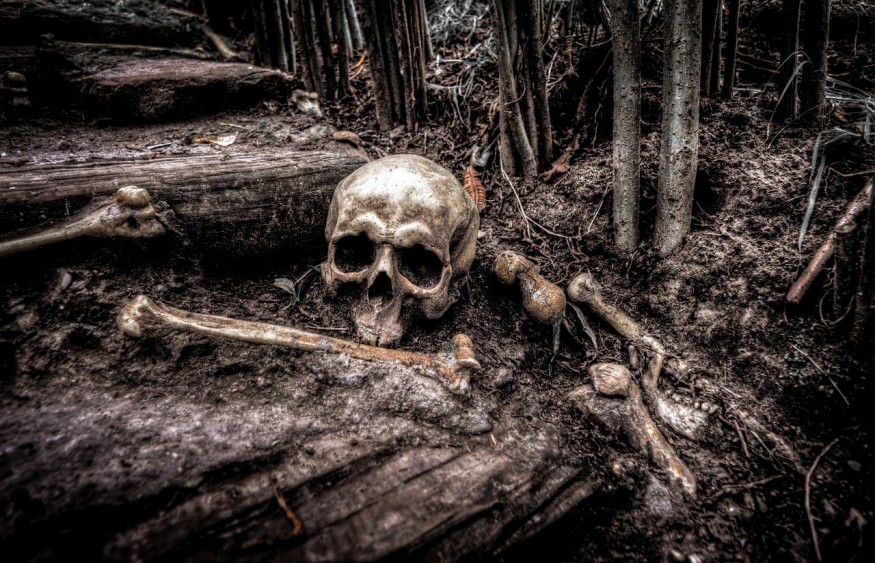Ancient human migration to Australia was a result of a failed population in Laos, according to a new study. This came after scientists found inside a Laotian cave containing human fossils, the earliest evidence of its kind about the inquiry of how humans set foot in Australia.
To clarify, Laos is only a transit point since the new research suggests that first humans ended up in Australia due to their potential failure to settle in some parts of Southeast Asia at first.
Archeologists, anthropologists, and other scientists have long asserted that Africa is the cradle of civilization, a notion that tells us that the origin of modern humans started in the said continent. As our ancestors decided to migrate to different parts of the world, some ended up settling in different regions, with cases of success or not.
For Australia, the study tells us that our ancestors ventured further into the unknown due to circumstances yet to be known.
The setting for such migration dates back tens of thousands of years ago, a time when now-extinct mammals and some other animals roamed Australia. These people called "Aboriginal Australians" were the first people that arrived in the country long before the colonization of the British Empire. Now, scientists are digging deeper into the past, even into the ancestors of the Aboriginals.
When Did Humans First Get to Australia?

In the past, various perspectives clashed about the origins of the first Australians. During the 1980s and 1990s, the two main perspectives were based on the 'Out of Africa' and 'Multiregional' models. However, there is a new and prevailing consensus now that all modern humans descended from a Homo sapiens population in Africa and migrated around the world, the Australian Museum stated.
In the 'Out of Africa' model, the first humans reportedly colonized Australia through Southeast Asia, using it as a bridge and habitat to reach the country, according to the museum. The dominant thought about this migration is that ancient humans used coastal areas only in Southeast Asia to navigate their way to Australia. Yet, the new study mentioned earlier in this article showed that humans also traverse the forest and even caves during their migration journey.
Ancient Human Migration
In the study published in the journal Nature Communications on Tuesday, June 13, researchers found the said human fossil evidence of our human ancestors who were making their way into mainland Southeast Asia toward Australia approximately 86,000 years ago.
The evidence consists of two human fossils. It aged between 86,000 and 68,000 years ago. The research team used five different dating techniques to determine their age. Still, one thing is clear the ancient migrants used the Tam Pa Ling Cave in Laos, where the fossilized bones were found, as a shelter.
Previous research found similar human fossils, including two jawbones, dating back 70,000 to 46,000 years ago, which were shipped in the United States before being returned to Laos, according to Science Alert.
Related Article: Sunken Islands Explain Ancient Migration with an Interesting History
© 2025 NatureWorldNews.com All rights reserved. Do not reproduce without permission.





